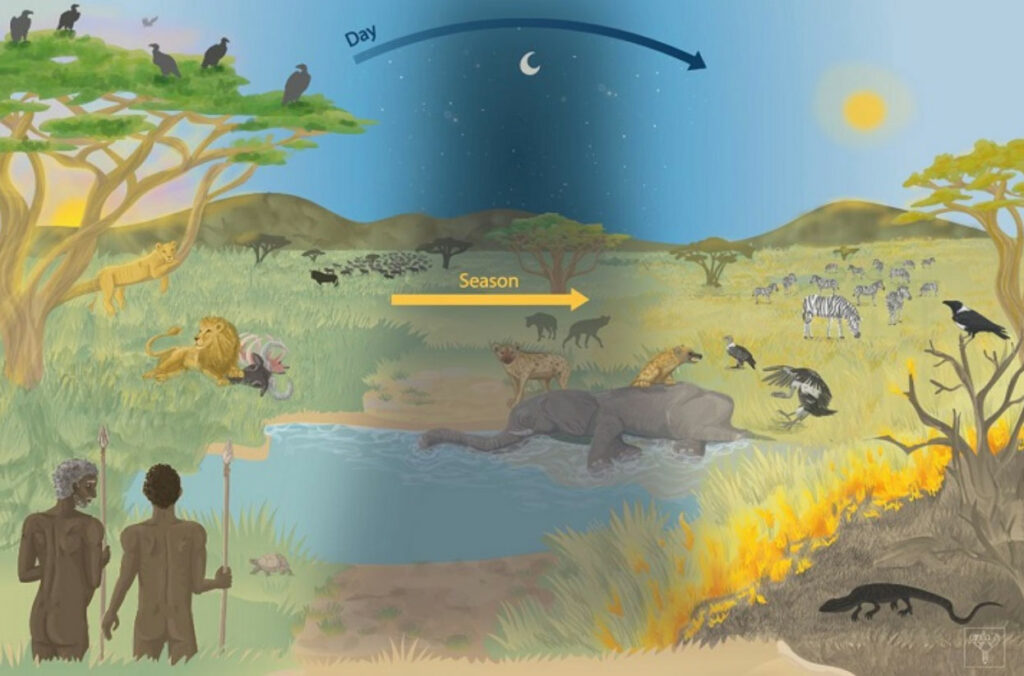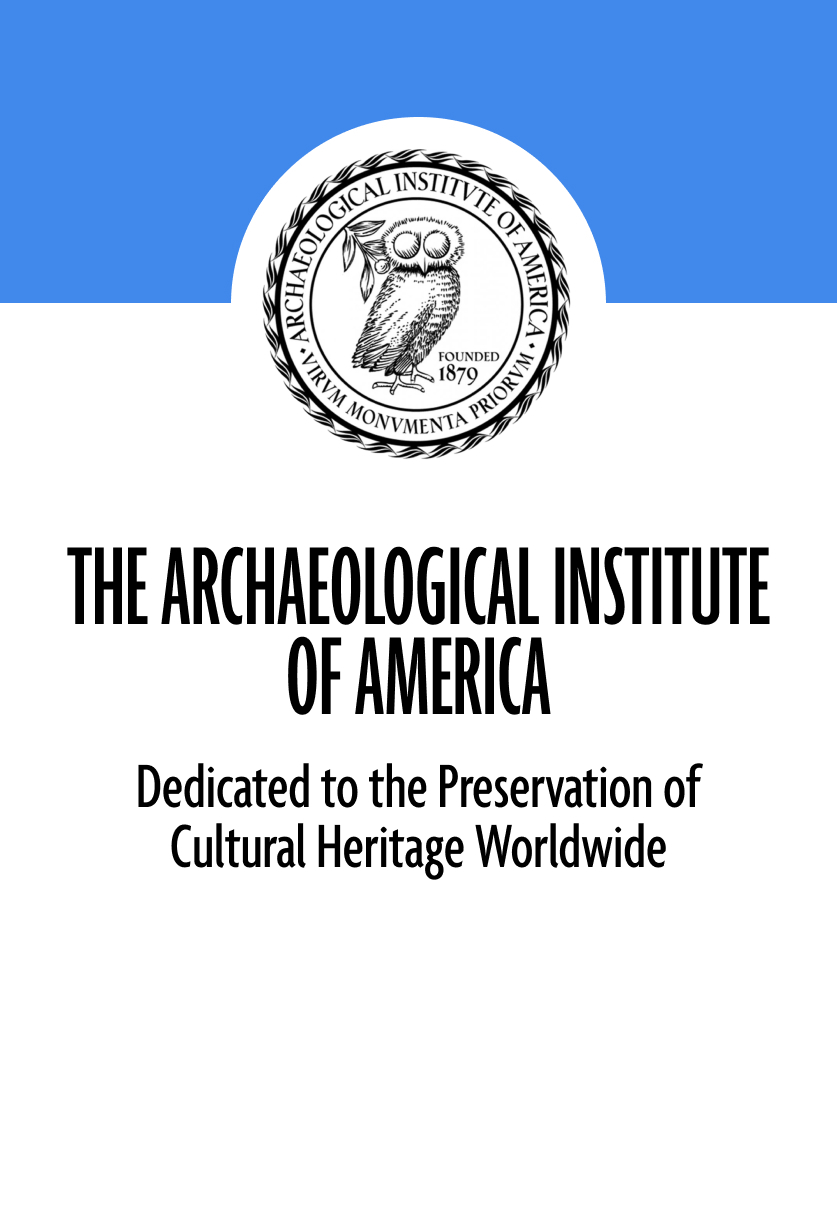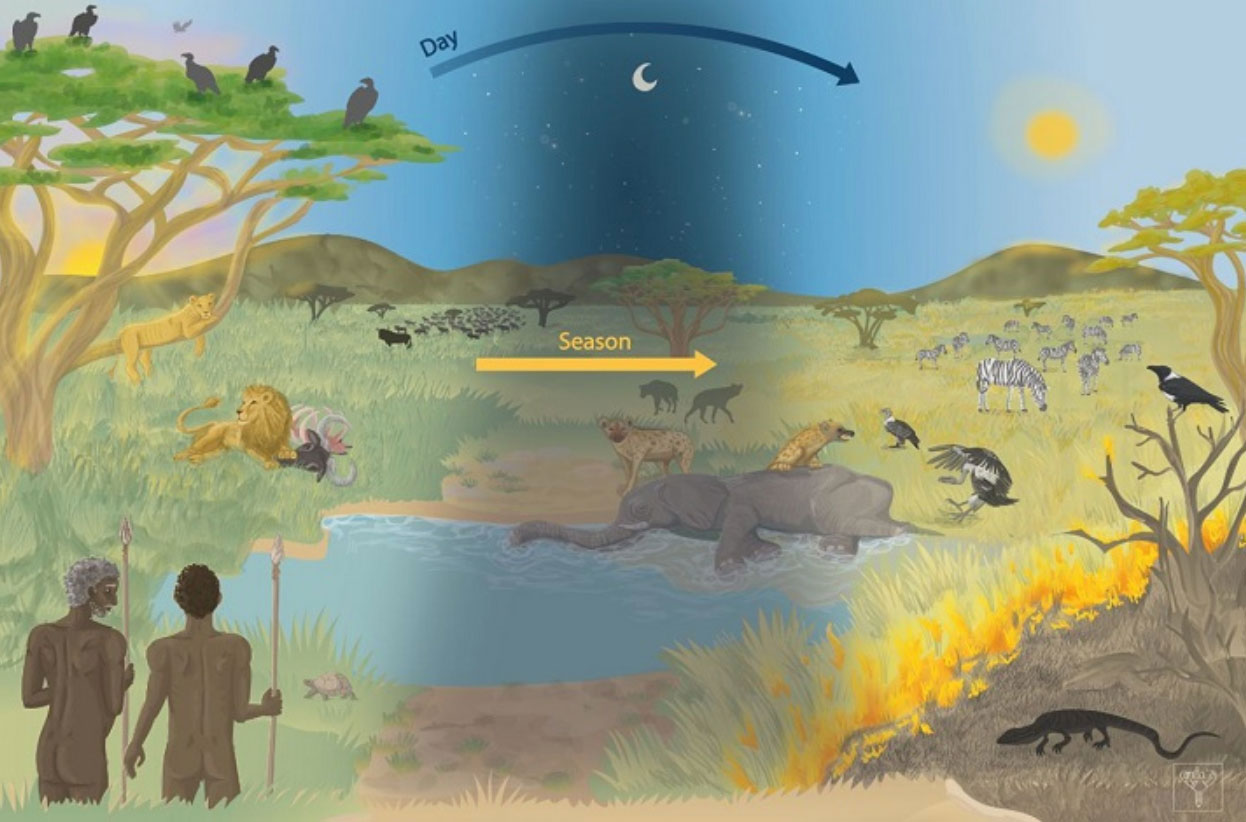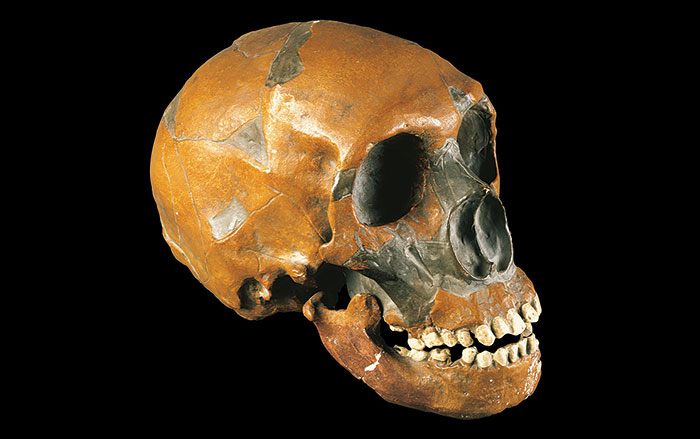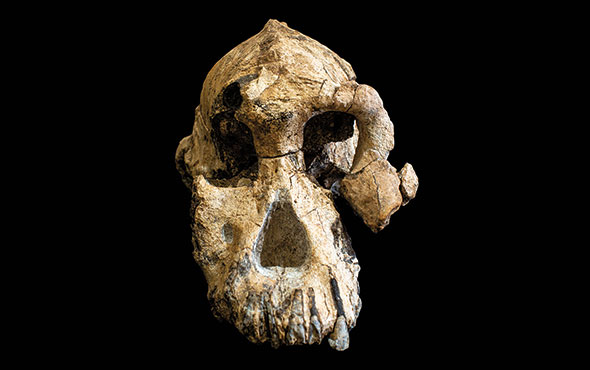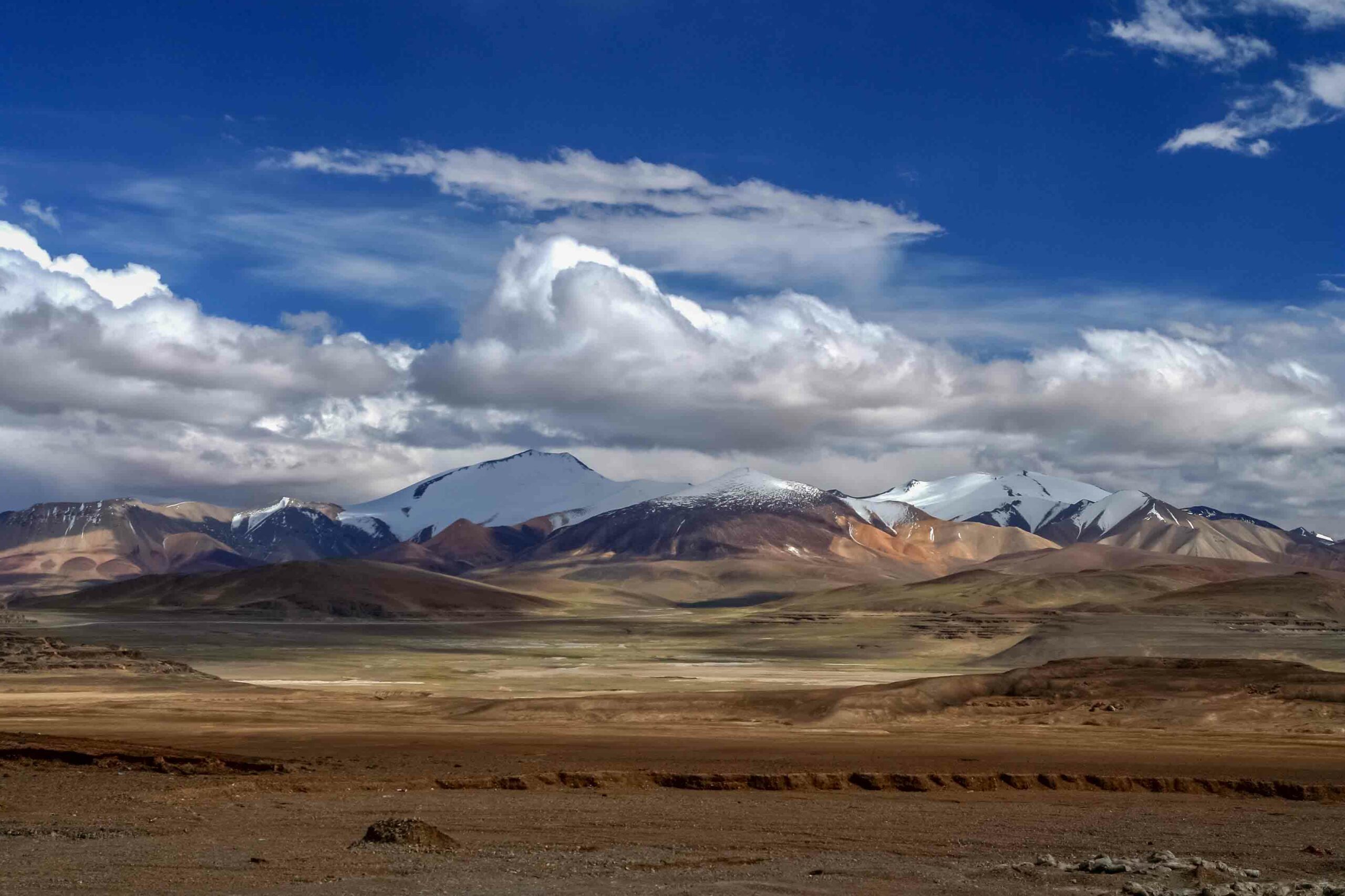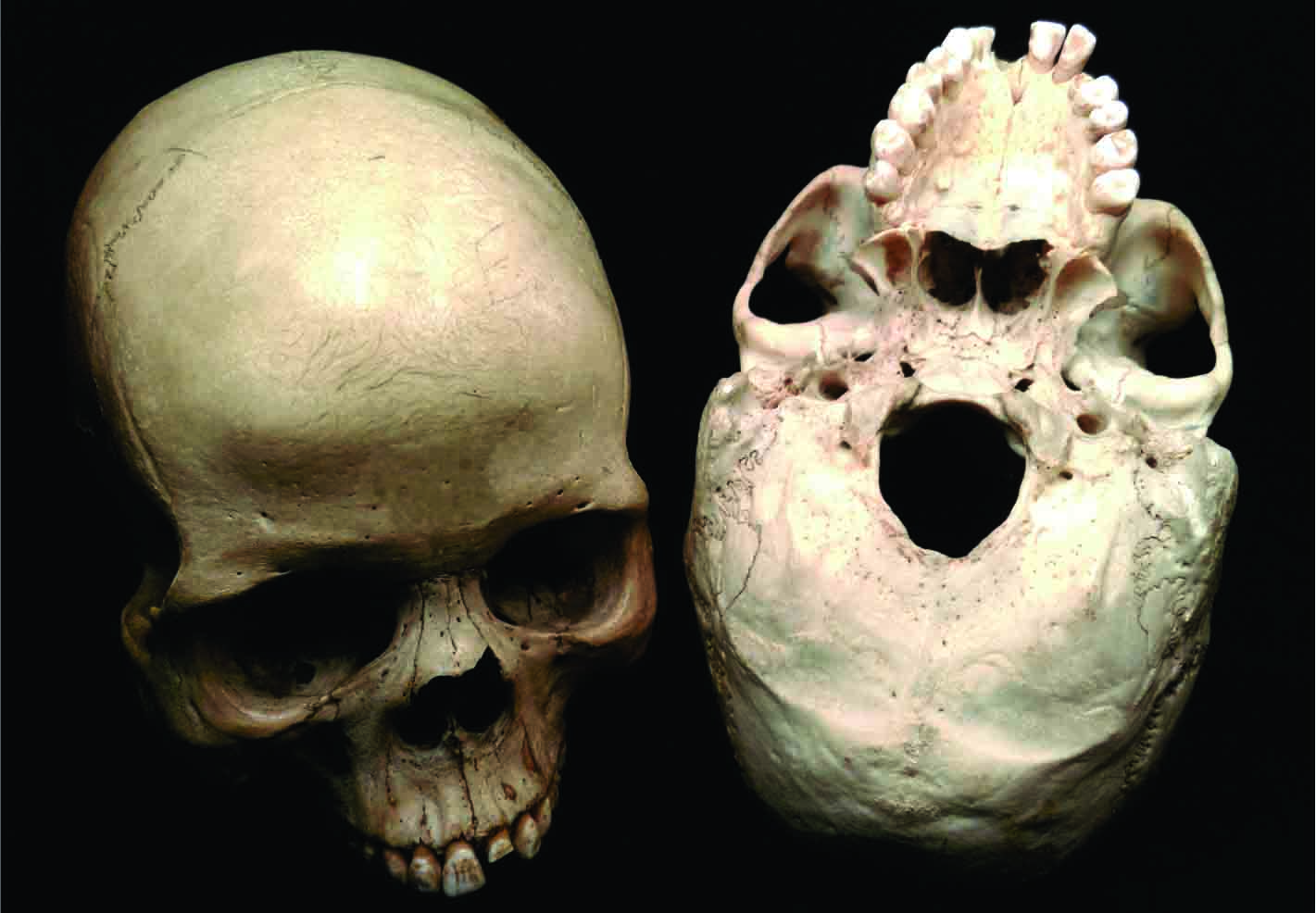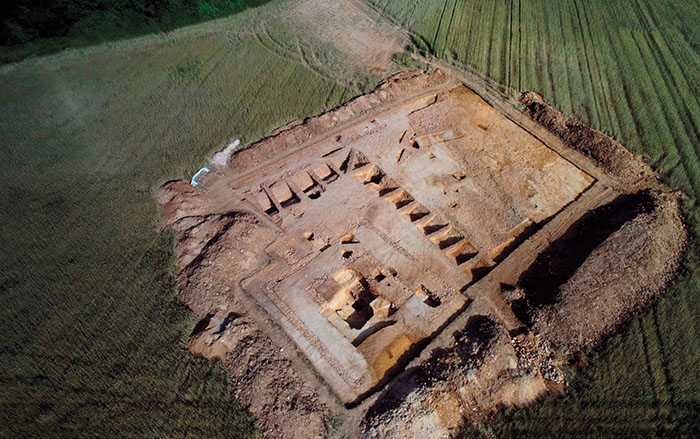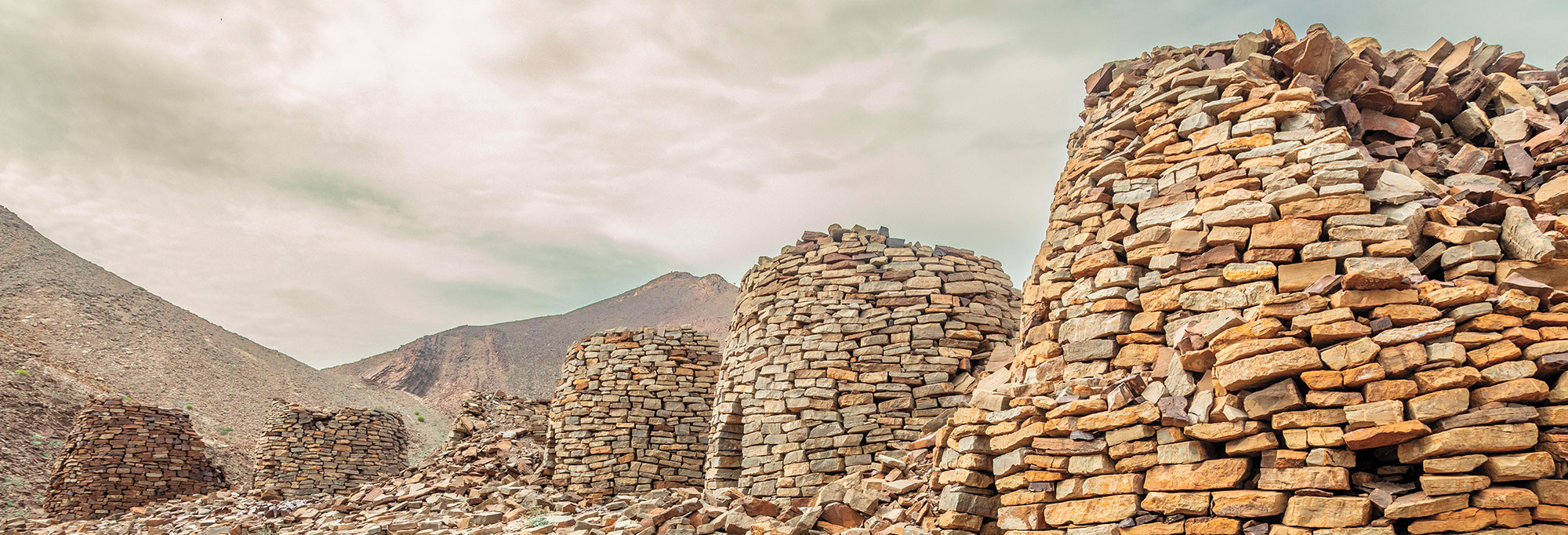BURGOS, SPAIN—According to a statement released by the Spanish National Research Centre for Human Evolution (CENIEH), Ana Mateos and Jesús Rodríguez and their colleagues think that scavenging for carrion was vital to the survival of early hominins. It had been previously suggested that although eating carrion requires less effort than hunting, it carries the risks of consuming pathogens from spoiled meat and being attacked by hungry predators. Yet ecological research indicates that carrion is more widely available than had been thought, and tends to be available when other food sources are scarce. Acid in the human stomach may have acted as a defense against pathogens and toxins. Humans can travel for long distances without expending a lot of energy, Mateos reasoned, making it possible to search for carrion. The ability to communicate and organize with others would have also assisted the search, while predators could be driven away from a carcass by throwing projectiles or stones, added Rodríguez. “Today we know that carrion plays a fundamental role in ecosystems and that all carnivorous species consume it to a greater or lesser extent. Moreover, many current human hunter-gatherer groups continue to practice scavenging, as one more eating behavior,” Mateos concluded. For more about the importance of scavenging to human evolution, go to "Marrow of Humanity."
